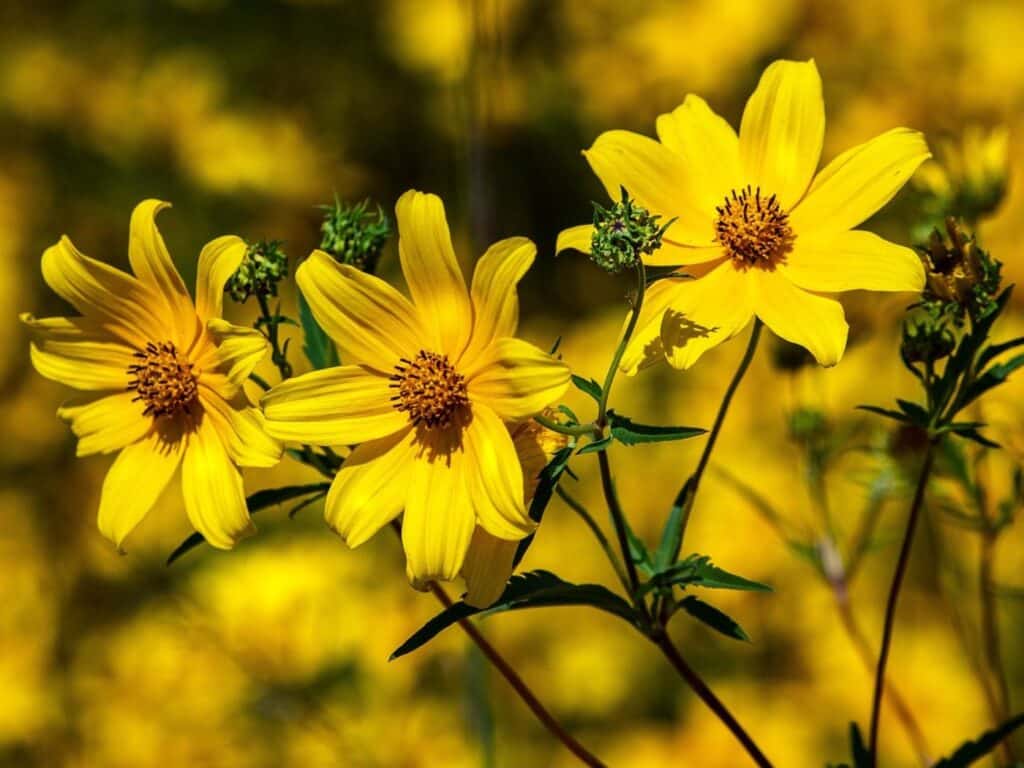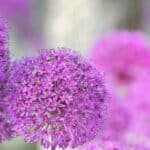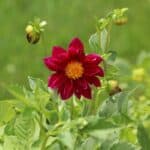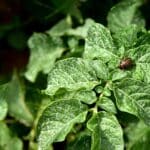Coreopsis (Coreopsis), commonly known as tickseed or calliopsis, is best known for its bright yellow flowers. Still, there are quite a few varieties of this plant with its daisy-like flowers, including pink Coreopsis (coreopsis rosea) and limerock ruby (Coreopsis x Limerock Ruby). Combining these different colors can help you create a more interesting garden. But it is best to do companion planting with other flowering species for a stunning garden.
You can pair your bright flowers with other plants like blanket flowers, butterfly weed, black-eyed susans, Russian sage, or nine-bark shrubs to create an exciting and texture-rich garden bed.
In this guide, we are going to take a closer look at these different companion plants for Coreopsis, and we are also going to share some creative landscaping ideas to help you get the most out of your flower garden.
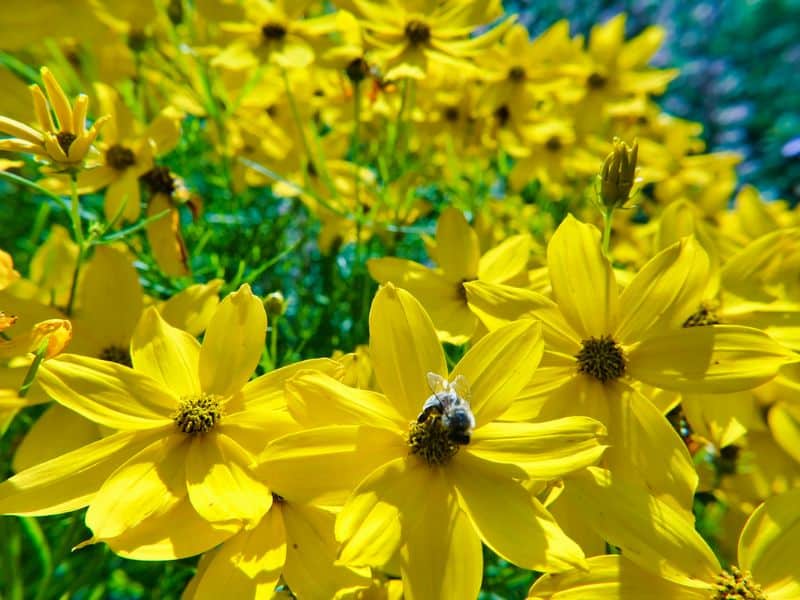
What to Grow with Coreopsis
If you want to keep your flower beds healthy and vibrant, then it is always best to combine plant species with similar growing requirements in the same beds or containers.
The coreopsis plant grows best if it is planted in full sun or light shade. In deep shade, it will become leggy and won’t flower. These annuals are drought tolerant when they are fully established but will still require regular watering to keep them in good condition. The flowers prefer deep watering when the soil is dry and should be established in well-draining soil.
Let’s look at some tickseed companions that can grow in sunny gardens
Blanket Flower
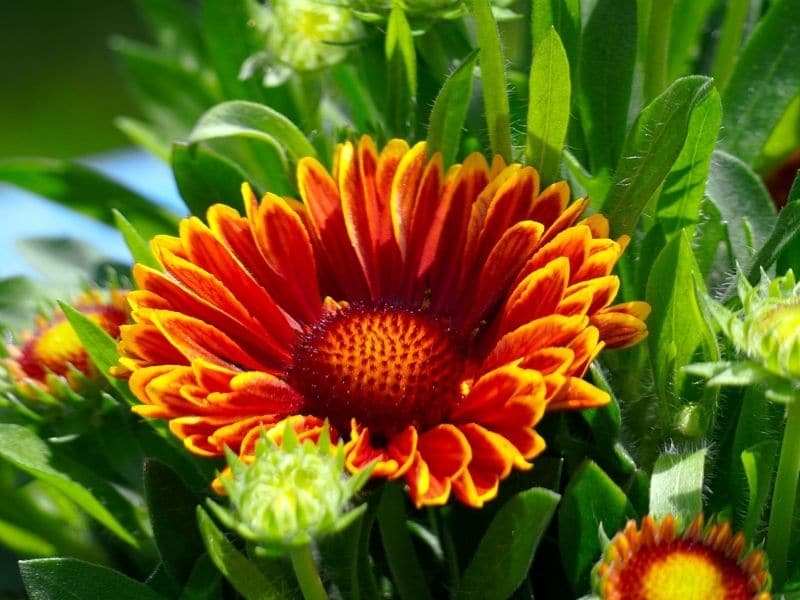
Blanket flowers (Gaillardia), or Indian blanket flowers can add a lot of cheer to your garden with their vivid red and yellow flowers. They are very functional in cutting gardens and can be used as garden fillers or flowery borders.
These striking flowers can handle high temperatures and should be positioned in a sunny location. They prefer slightly dryer soils, and because they are so drought tolerant, many gardeners tend to overwater them, which can cause root rot.
Because these two plants have similar heights, you can easily plant Coreopsis alongside blanket flowers to form flower hedges or borders. Mix them all over your beds for an attractive mixed flower bed.
Butterfly Weed

Butterfly weed (Asclepias tuberosa) is a fascinating plant named after the Greek god of medicine, Askelpoios, due to its medicinal properties. Most people know the flowering plant as butterfly weed because butterflies love the sweet scent of these flowers.
These showy perennials are good coreopsis companion plants because their vivid flowers can add color and texture to your garden bed.
These beautiful flowers will grow very well next to coreopsis plants because they flourish in well-drained soil conditions and need lots of direct sunlight to produce flowers. They are also quite hardy and must only be watered once a week.
This bushy plant will only grow up to 2 feet tall. Because of their shorter stature, it is always best to position them before your coreopsis plants.
Black Eyed Susan

Black-eyed susans (Rudbeckia hirta), also known as brown-eyed Susan or blackeyed Susan, is a hardy flowering plant that will complement your coreopsis plant well. Rudbeckias are easily identified by their vivid yellow flowers with black centers and are ideal for cutting gardens.
If you want these tickseed companion plants to produce many flowers, growing them in full sunshine in well-drained, fertile soil is best. The tough plant can tolerate dry conditions and only needs to be watered once a week.
These ornamental sunflowers can grow up to 6 feet tall, so it is best to grow them behind your coreopsis plants. With the taller flowers in the back and shorter coreopsis flowers in the front, your garden should look quite impressive.
Russian Sage
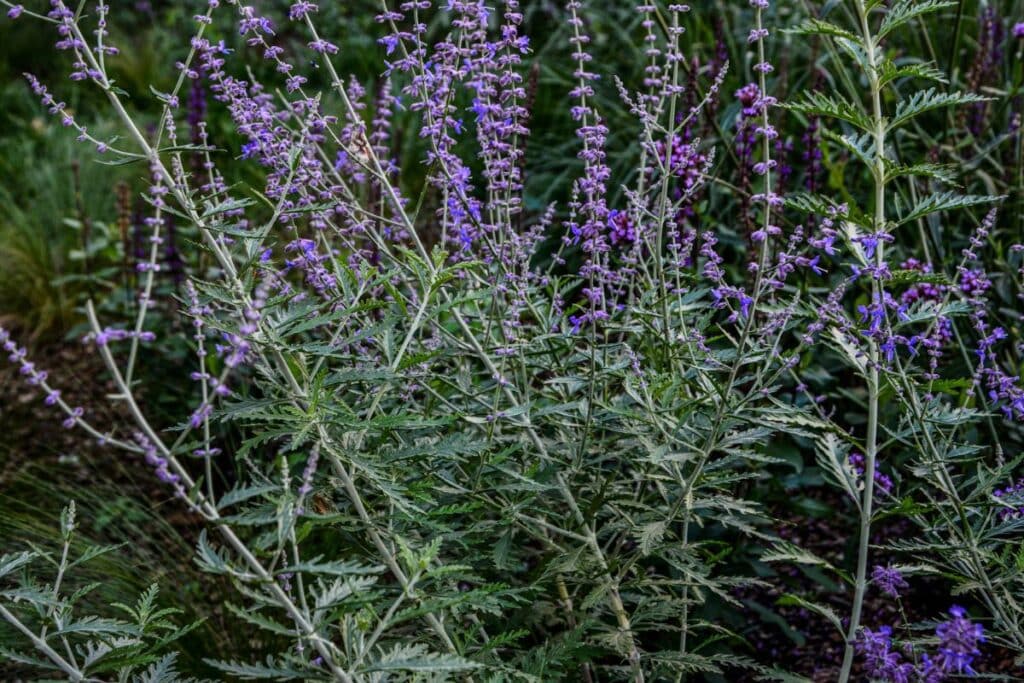
Russian sage (Perovskia artiplicifolia) is one of the very best shrubs to pair with threadleaf Coreopsis (coreopsis verticillata), also known as moonbeam coreopsis because these yellow flowers will form a striking contrast with sage’s purple flowers. The pale green foliage of sage will also add more interest to your garden bed.
Russian sage can be grown in light shade but will only produce flowers if grown in full sun with lots of intense heat. These hardy plants require minimal watering but should be planted in free-drained soil, or they can develop root problems.
Sage shrubs can grow rather tall at 3 to 5 feet tall. Because of their height, it is best to grow these coreopsis companions behind your bright yellow flowering plants, and you should leave plenty of room between young plants since sage can grow up to 3 feet wide.
Ninebark Bush
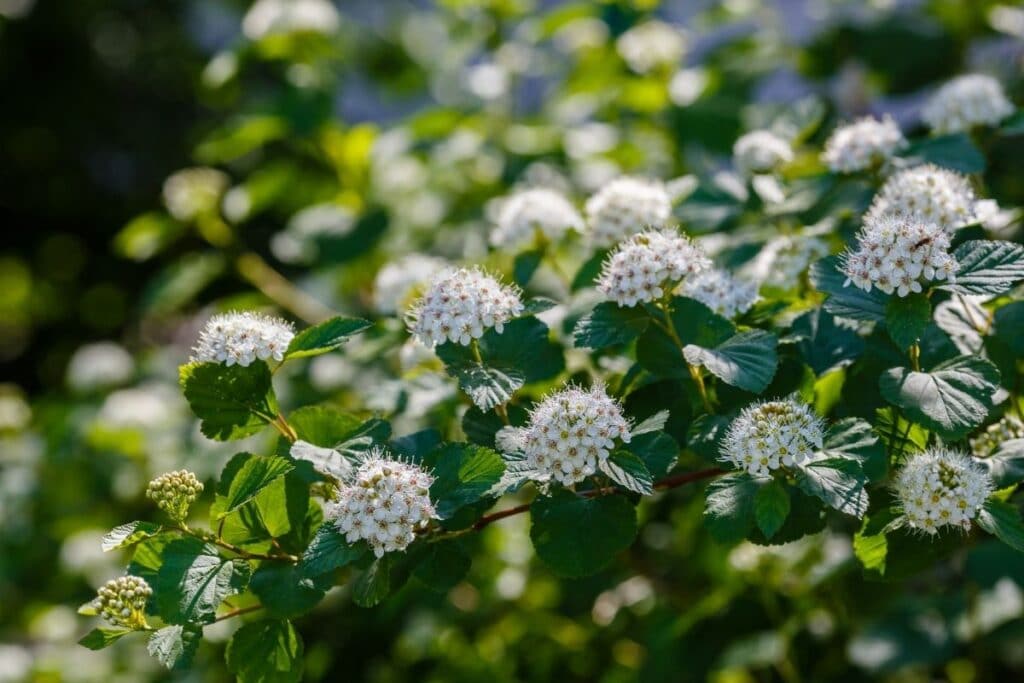
Ninebark bush (Physocarpus pulifolius) is an excellent flowering shrub if you need a backdrop for your tickseed flowers. These deciduous shrubs will add multiseasonal interest to your garden because they produce white flowers in spring, red fruit in late summer to autumn, and the foliage transforms into an attractive red/purple hue during fall. It would be best to prune the shrub back in winter because it becomes dormant during the cold seasons.
This flowering shrub can be grown in full sun to partial shade and produces the most flowers if grown in full sun. The plant prefers moist soil, so remember to water it more frequently than your tickseed. These flowering shrubs will take well to any soil.
It is best to grow these tall shrubs in the back of your garden with yellow or pink flowers in the front, where they will still receive plenty of sunlight.
Ornamental Grasses
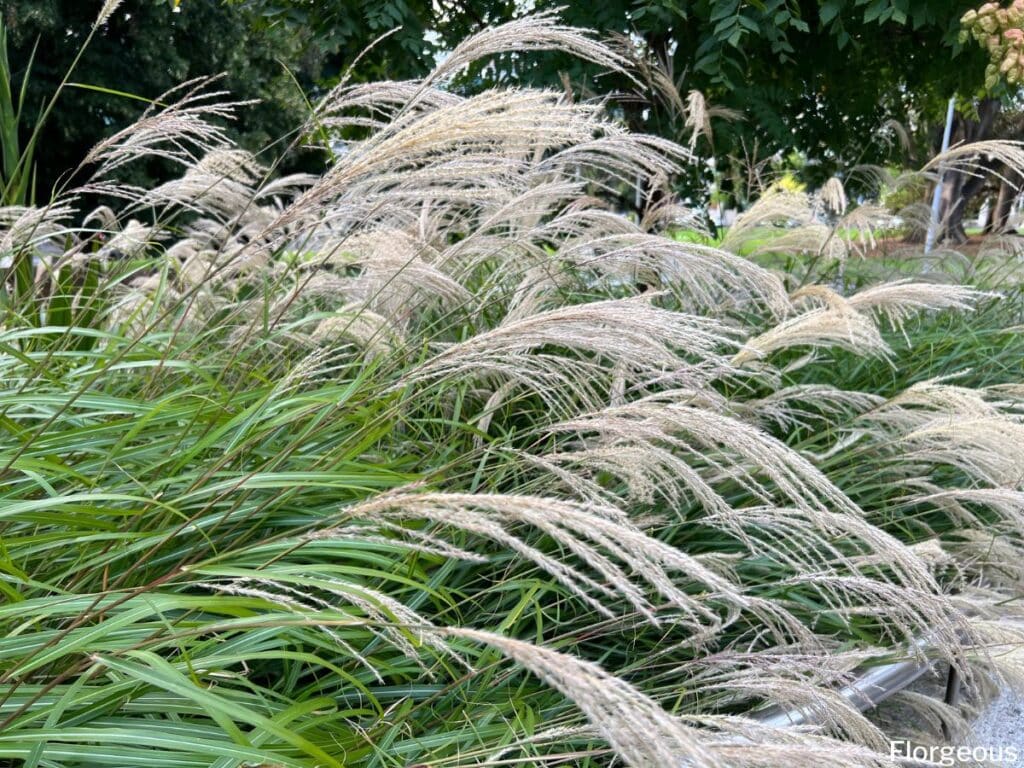
Gardners often combine coreopsis flowers with hardy ornamental grass varieties like big bluestem (Andropogon gerardii) or Mexican feather grass (Nassella tenuissima) because the tall grass blades will create a sense of movement in your garden.
These grass varieties will grow well in direct sunlight and in the same free-draining soil that Coreopsis loves so much. They are also hardy and only need to be watered about once a week or perhaps even more infrequently.
You can grow ornamental grasses behind coreopsis or position selective bunches amongst your flowering species to fill out your garden bed and add more texture.
What NOT to Grow with Coreopsis
Coreopsis flowers are sun-loving species that prefer moderate watering. If watered too often or if they are planted in shade, they won’t flower and might die.
Because of their growing requirements, it is best not to grow them with shade and water-reliant plants like ferns, hostas, begonias, or Japanese forest grass.
Gardeners should also avoid growing these flowering plants underneath tall trees or shrubs because they might not get enough direct sunlight.
Landscaping Ideas for Coreopsis and Companions
Now that you know more about the best companion plants for tickseed, it is time to discuss a couple of creative ways to use them in your garden. Here is a quick look at the top ways to use these flowers and companions to create interesting scapes.
Mixed Borders
You can combine coreopsis with other flowering species like sage, rudbeckias, butterfly weed, and blanket flowers to create vivid mixed flower borders. These flowering borders will look striking in cottage gardens, alongside walkways, or in front of a wall or fence.
Cutting Gardens
Coreopsis can be cut to create showy wildflower arrangements for interior spaces. You can combine them with other flowers like sage, black-eyed susans, butterfly weed, blanket flowers, and even other species like zinnias to create a charming cutting garden for your home.
Final Thoughts
Coreopsis flowers can be paired with all sorts of flowering ornamentals like blanket flowers, butterfly weed, or rudbeckias to create showy flower beds. You can also pair them with flowering shrubs like Russian sage or ninebark bush to form mixed hedges or to create a striking backdrop so these flowers can stand out even more.
We hope that you enjoyed our companion planting guide and it gave you lots of inspiration for your own garden spaces.

